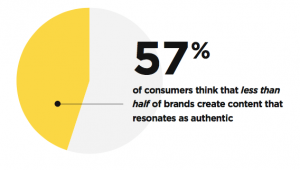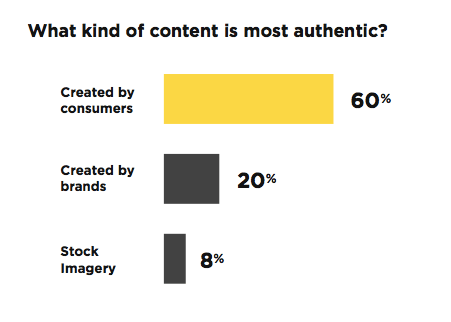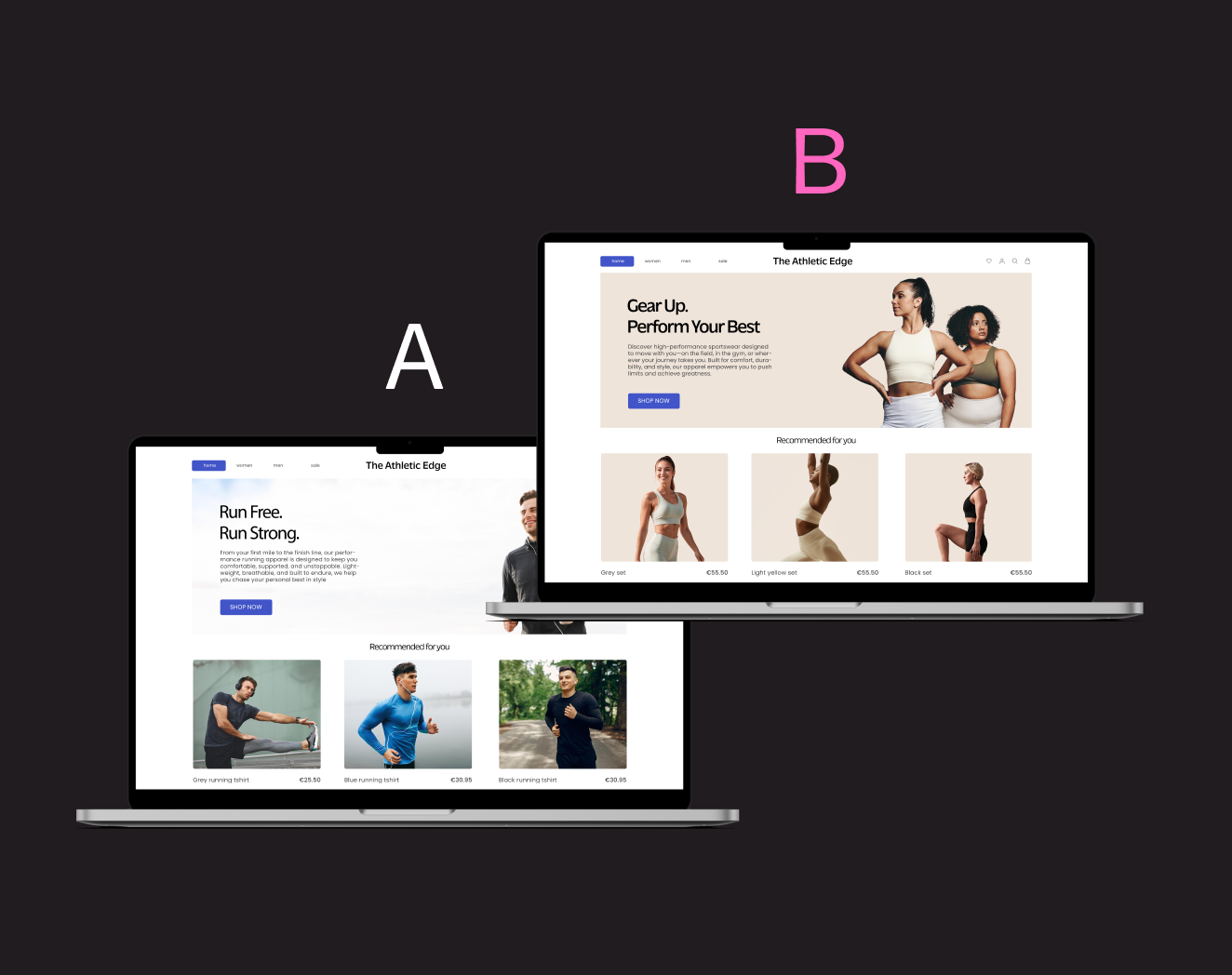Why UGC Is The Key To Authenticity & Consumer Influence
Today’s marketers are in constant competition for consumers’ attention—not just with each other, but also with people’s social feeds.
Consumers have more ways than ever to discover, research, purchase and promote products and services, but what content and sources do people seek out, trust and find most influential?
We review our Consumer Content Report: Influence in the Digital Age alongside our Post-pandemic Shifts in Consumer Shopping Habits report, to examine the content being created and shared online, and find out what truly influences people’s purchasing decisions. This is what we found.
Authenticity Matters
Since consumers are increasingly distrusting of advertising and marketing, authenticity has become absolutely critical for brands.
Our consumer content report found that the vast majority of consumers (86%) said authenticity is important when deciding what brands they like and support. That number is even higher among Millennials, with 90% saying authenticity is important.
This is something that’s only risen since the pandemic began. Of the shoppers we surveyed in our recent post-pandemic consumer report, for instance, 88% of said authenticity was important—with 50% of those deeming it very important.
So, just how are brands stacking up?
Brands Are Failing To Produce Content That Resonates With Consumers
 In this same recent report, 83% of consumers believed retailers aren’t providing enough authentic shopping experiences at current. On top of this, our consumer content report showed that more than half of consumers think brands aren’t creating content that feels authentic, while fifty-seven percent said the majority of brands are failing to create content that resonates as authentic.
In this same recent report, 83% of consumers believed retailers aren’t providing enough authentic shopping experiences at current. On top of this, our consumer content report showed that more than half of consumers think brands aren’t creating content that feels authentic, while fifty-seven percent said the majority of brands are failing to create content that resonates as authentic.
Consumers can’t be fooled, either. People can distinguish between consumer-created content and brand-created content 70 percent of the time.
Authenticity matters because not only can consumers tell the difference, but they’ll also retract from brands that don’t feel authentic; 58% of consumers in our post-pandemic report said they’d left an ecommerce store without purchasing because the site didn’t contain any customer reviews or photos. Worse still some customers—and particularly younger customers—might even punish brands that try to fake authenticity, by disconnecting with them online. 30 percent of Millennials have unfollowed a brand on social media because they felt their content was inauthentic.
But if authenticity is king, what type of content reigns supreme?
User-Generated Content Is Seen As Most Authentic and Influential

Sixty percent of people said UGC is the most authentic form of content. In fact, our data showed people are three times more likely to say that content created by a consumer is authentic, compared to content created by a brand.
For all the buzz around influencer marketing, it turns out celebrities and influencers are seen as the least influential in impacting consumers’ purchasing decisions. On average, 60 percent of people (and 70 percent of Millennials) said social media content from friends and family impacts their purchasing decisions, while only 23 percent said celebrity influencer content was impactful. Our recent report only cemented this sentiment, with a mere 9% saying they felt influencer content is at all impactful.
And the power on UGC is not just talk. Over half of Millennials have decided to eat a restaurant or book travel because of consumer-created content they saw on social media.
Consumers Are Creating Massive Amounts of Positive UGC
When it comes to UGC, the power isn’t just in people referencing it when making purchases. It also lies in how they’re actively creating it themselves, once those purchases are made.
Consumers regularly share positive brand experiences on social networks about everything from the places they visit to the products they purchase and the food and drinks they consume.
Nearly 52 percent of consumers say they post on social media at least once a month about products they’ve purchased, and people are even more likely to post about experiential purchases.
Seventy-six percent of people say they would share a positive dining, food or beverage experience on social media, and an impressive 85 percent of people (and 97 percent of Millennials!) say they would share a positive travel experience on social media.
This abundance of UGC is a goldmine for marketers who are constantly struggling to break through the noise and reach people with content that resonates.
Consumers Like You Showcasing Their Content
It’s not just a broader content bank you’ll enjoy from leveraging UGC. You’re also likely to tighten customer relationships with creators of the content. For instance, we found that 43% of consumers are more likely to continue engaging with a brand if it shares their photo or video. In many cases, it impacts their likelihood of shopping with the brand, too, as 61% of consumers admit they’d be more loyal and likely to buy from a brand, if they were invited to be part of a customer advocate community or become a content creator, for instance. In short: UGC really is the gift that keeps on giving.
Don’t forget: Authenticity matters most to customers. The content is out there—marketers just have to tap into it.
Read the full 2017 Consumer Content Report: Influence in the Digital Age and Shifts in Consumer Shopping Habits: Authenticity, Personalization and the Power of UGC report for more insights.




